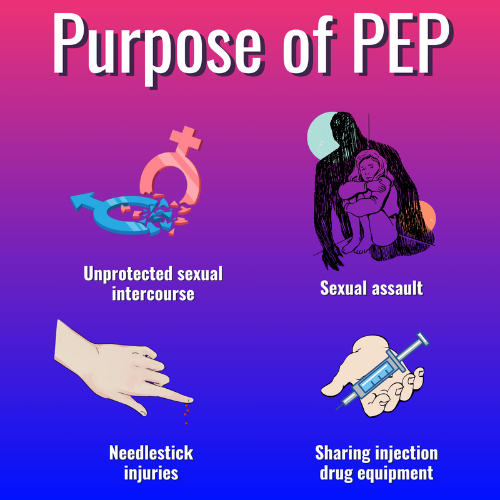Effectiveness of PEP
PEP significantly reduces the risk of HIV transmission when taken correctly and promptly after a potential exposure. However, it is not 100% effective, and there is still a possibility of infection, especially if PEP is not initiated promptly.
PEP is a critical tool in HIV prevention, particularly in situations where there is a known or suspected risk of exposure to the virus. If you believe you've been exposed to HIV, seek medical attention immediately to discuss the need for PEP with a healthcare professional. Additionally, consider regular HIV testing and preventive measures to reduce the risk of future exposure.
